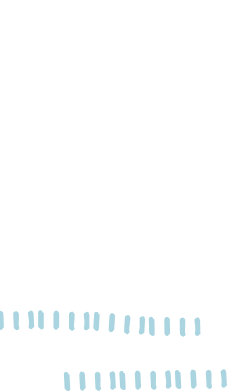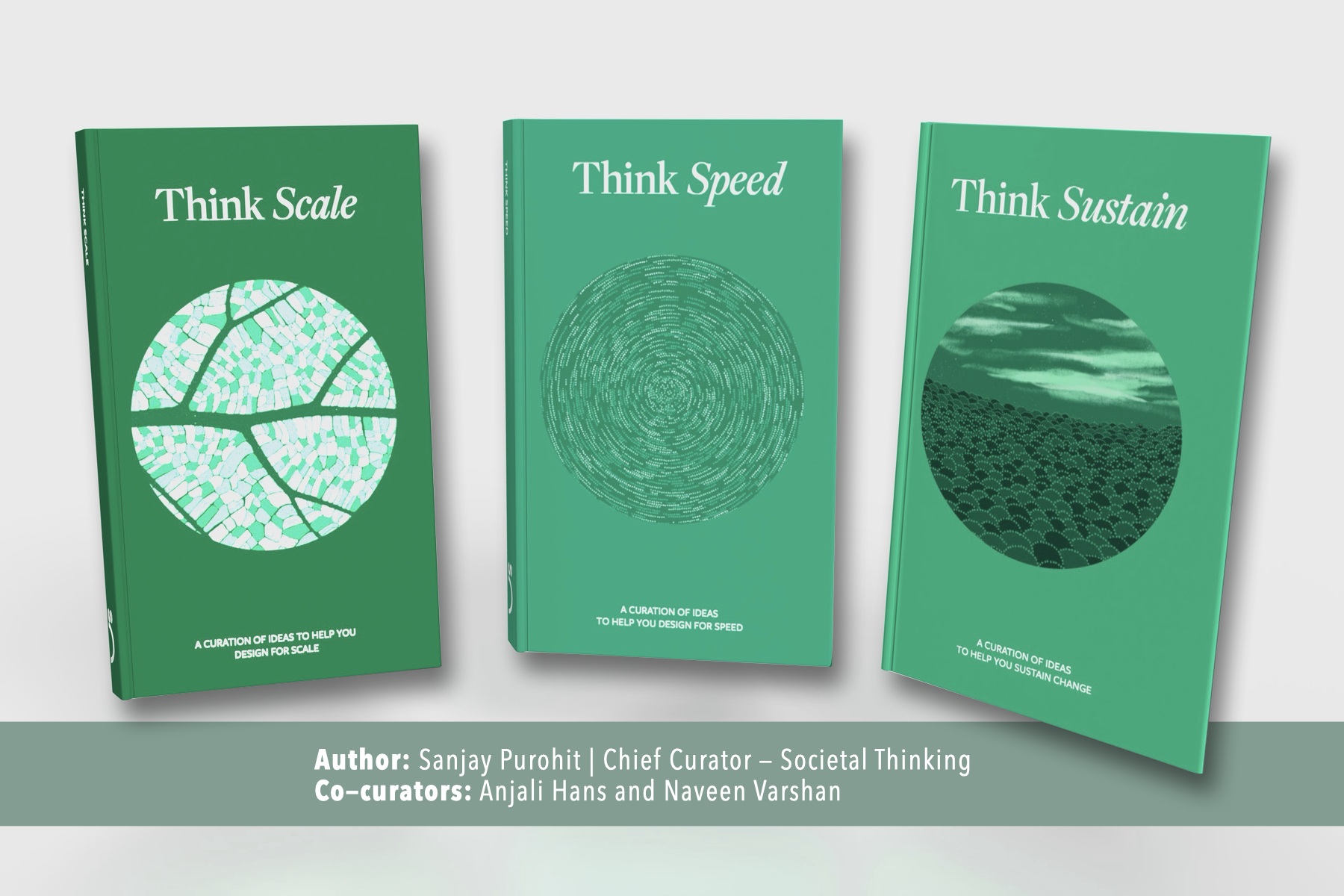Illustration courtesy: Mismatch
“Each time we remedy a mismatched interaction, we open an opportunity for more people to contribute to society in meaningful ways. This, in turn, changes who can participate in building our world.”
– Kat Holmes
I recently saw one such attempt to remedy mismatched interactions in mobility at EnAble India’s Food For Thought event, where they announced their partnership with Namma Yatri to make the auto-ride experience more disability-friendly. Namma Yatri is a Direct-to-Driver app, i.e., no commission goes to an intermediary and riders pay directly to the drivers! Together, EnAble India and Namma Yatri are attempting to create visibility of the mobility demand from persons with disabilities and training auto drivers to learn how to service them better.
At the same event, I also learnt that the purchasing power of persons with disabilities is USD 13 trillion, but sadly, this is largely an invisible market to service providers. So, what would it take for persons with disabilities to become active participants in the economy as well as society at large?
In search of answers, I sat down with Shanti Raghavan, founder of EnAble India and an Ashoka ASPIRe fellow, to gain insights.
How has society’s perception of disability evolved over time, and what changes in perception and interventions are needed to shape a more inclusive future?
Once upon a time, our society didn’t really have many opportunities for persons with disabilities to be out and about, and those who were visible were often seen in context of caregiving. This led to the unfortunate assumption that folks with disabilities aren’t really active contributors in society. But, that’s not the reality and the economic impact of disability exclusion is significant. The International Labour Organization (ILO) estimates a 5-7% GDP loss if persons with disabilities aren’t in the workforce. They need and can pay for products and services that can lower barriers to entry for them, allowing for better interactions with their environments.
When we expand the definition of disability we see that it’s a continuum from temporary to permanent, dynamically changing the way one interacts with a world designed largely for non-disabled people. With an ageing population and increasing eye issues, back problems, wrist pains and more in the population at large, the demand for ways to reimagine disability is rapidly growing. So, it’s time to open our eyes to the many people experiencing these unmet needs and plan for a more inclusive future.
Before eyeglasses were invented, a person with bad eyesight was thought to have a disability and their productive life was considered over. Eyeglasses took away this mismatch of interactions with the environment. Look at us now, today the prescription glasses sector thrives globally with a valuation at around USD 170 billion in 2022. We need to find ways to make it easier for people to move around, get educated, find jobs, purchase things and more, in a way that works with their unique needs..
For us, Purple Economy is an idea that can spotlight the social and economic contributing capabilities of persons with disabilities. In fact, it’s not just about persons with disabilities working; it’s about creating equitable opportunities for all citizens.
So, how are you imagining Purple Economy to work, at scale?
I am imagining a situation where demand from persons with disabilities is visible to actors across civil society (Samaaj), government (Sarkaar) and markets(Bazaar), whether it is around skilling, jobs, banking, products or services. My hypothesis is that when demand is visible, scores of innovators will come in to solve for supply. Not just because of humanitarian reasons, but because it makes business sense too. I see this as a way to harness the untapped USD 13 trillion. While entrepreneurs can make a significant impact by designing products and services that are inclusive, they can consequently also create more job opportunities for persons with disabilities.
Also, it’s not just persons with disabilities who will gain from the innovations, there are many adjacent use-cases I can think of. For example, closed captioning was created as a solution for people with hearing disabilities to be able to experience ‘talkies’ or the first movies with sound. Today, closed captioning helps people with language difficulties and auditory processing disorders, helps people with certain speech impairments or even those who want to watch foreign language movies or want to binge-watch a TV series at night without disturbing others at home. Imagine, without closed captioning, the film industry may not have become a global phenomenon.
Sounds wonderful. I’m curious to know how this will work. How will the demand be made visible to diverse actors, that too at population-scale?
One way to address barriers to accessibility is by developing tailor-made solutions for everyone, but imagine having to go to Amazon, then Flipkart, and so on, asking each of them to become more disability-friendly. It could take longer than our lifetime to get to population scale! There’s another approach inspired by the Internet itself. By design, the Internet is open and interoperable, i.e., we can visit any website from and in any part of the world, using any browser and without an intermediary curating choice. All the Internet needed was to create a set of specifications that allowed machines to communicate – protocols.
In our discussions with the Societal Thinking team, we started pondering how we could apply the same thought process to transform an underserved ecosystem into one of abundance. That’s when they introduced us to the idea of protocols and open networks. As we dug deeper, we realised we want to do what Open Network for Digital Commerce (ONDC) is trying to do for commerce – make it easier for persons with disabilities and service providers to connect in a way that removes the interaction constraints between them.
We connected with FIDE and have started thinking of multiple use cases with them around making Purple Economy opportunities visible. The first one we are actioning is in the area of open mobility with Namma Yatri.
Our mission is to enhance the quality of service provided by auto-rickshaw drivers, expand mobility choices, and usher in positive changes in urban transportation. We’re focused on positioning persons with disabilities as valued customers, and we’ve already seen over 3,500 customers with disabilities generating nearly INR 8 lakhs in revenue, just through Namma Yatri! This success gives us just a glimpse of the potential opportunities and the active role persons with disabilities can play in the economy and, in turn, society. It’s all about transforming challenges into opportunities.
How can persons with disabilities actively participate to drive Purple Economy’s growth?
When we talk about reimagining how our economic landscape works for persons with disabilities, the key idea is that they should be at the forefront of shaping their own destinies. It’s all about restoring agency – empowering them to lead efforts in creating inclusive solutions and job opportunities.
Here’s the thing: the more they participate in decision-making, the more inclusive the decisions will be. It’s like going from being a passive recipient of change to an active participant. Over time, this shift leads to a fairer playing field and a more equitable, inclusive structure for everyone involved.
When we talk about creating an inclusive environment, it’s important to realise that it goes far beyond the shape of tables, chairs, doors, and ramps. To begin solving for inclusion, we must understand that disability often arises from a mismatch between the needs of people with disabilities and the services designed to meet those needs, rather than being solely about personal health conditions. This reimagination is the driving force behind the collaborative work of Shanti Raghavan, FIDE, ONEST and Namma Yatri. It reinforces the idea that by designing with our entire population in mind, we can ensure that accessibility needs are addressed from the start, eliminating the need for retrofitting at a later stage.
To know more about what is in the works, you can watch our recent LinkedIn LIVE and hear from all these orchestrators directly.
 Back
Back


